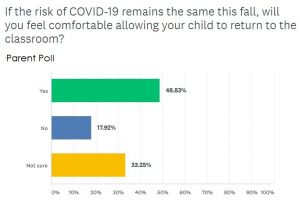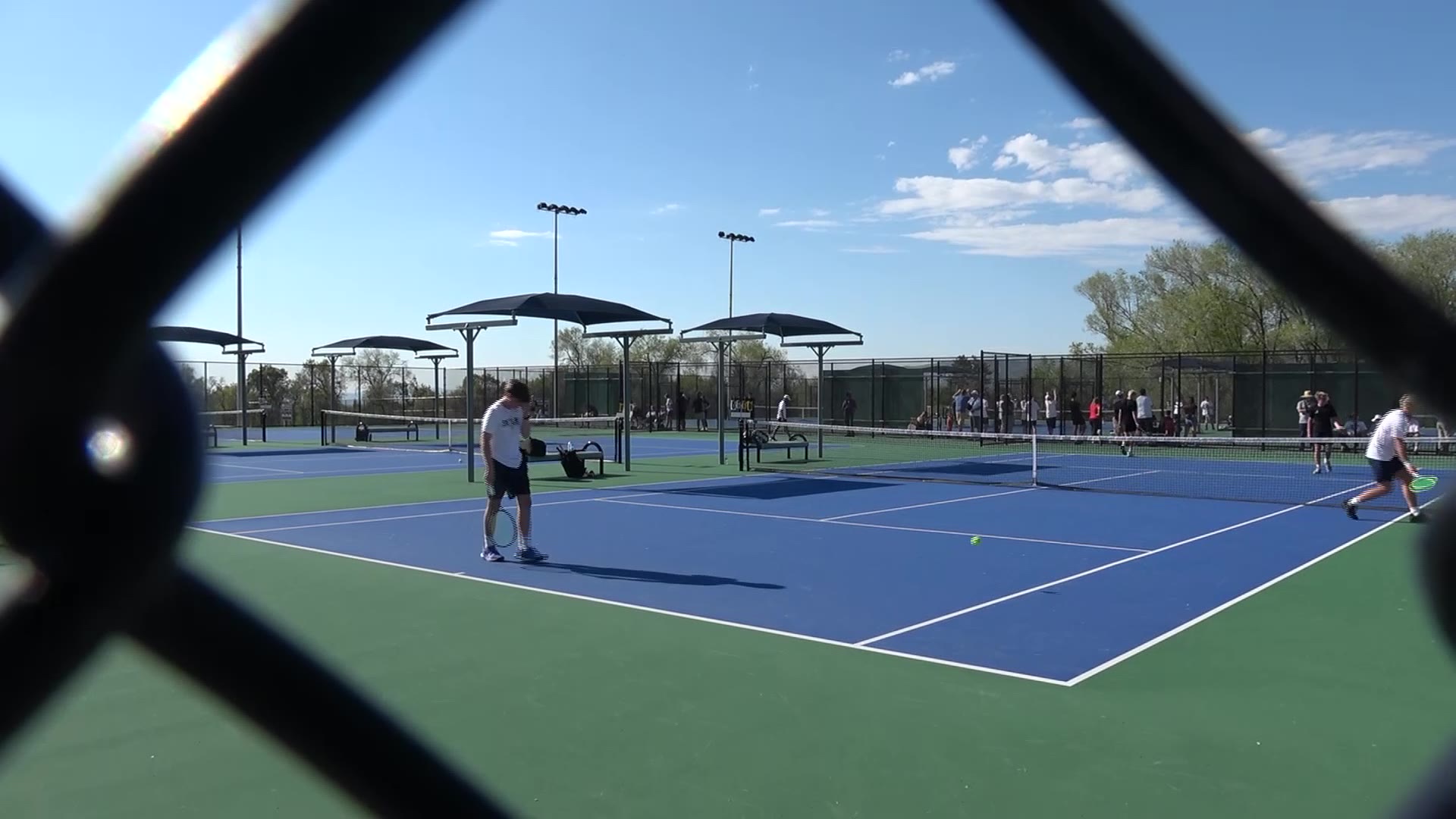KSL Asks: Fears And Fixes Surrounding COVID-19 Impact On Education
Jun 23, 2020, 1:26 PM
SALT LAKE CITY, Utah – Life changed for Nikole Tanner and her family once the COVID-19 pandemic closed Utah schools.
Some of her children struggled academically and socially. She started working at home then got laid off. They battled bouts of depression. So, for her there is no question – kids should return to school in the fall.
“Absolutely, absolutely, not worried about the pandemic spread in the schools,” said Tanner. “At this point, I’m personally tired of living in fear.”
But for all the talk that schools can’t start soon enough, parents and teachers may not be as ready to resume as expected.
Statewide Education Survey
KSL surveyed teachers and parents statewide in late May about their experiences with distance learning and what school should look like this fall. The response was overwhelming: 3,281 teachers and 385 parents answered 39 detailed questions.
The results provided valuable insights about what needs to happen going forward.
Fewer than half (49%) of teachers and parents (49%) who took a KSL survey say they’re comfortable returning to school if the risk of COVID-19 remains the same. A full 25% of teachers say flat out no, they’re not comfortable.
At the same time, many teachers told us homeschooling was stressful and nearly one-third (29%) told us it took significantly more time.
What worked? Several teachers anecdotally mentioned the program “Google Meets.”
“Those who join class with Google Meets have been able to really connect with each other and support one another,” commented one teacher.
When asked what didn’t work, or what barriers students experienced, the number one response (68%) was “adults in the home had difficulty helping children with school assignments.”
Other barriers included:
- Not enough devices at home (54%)
- No computer or tablet at home (43%)
- Internet is unreliable at home (67%)
If distance learning continues into the fall, parents have clear ideas about what needs to change.
Their number one response was improving curriculum and teaching methods (83%) and more support for parents (49%).
“I think some sort of training for parents to understand the different platforms that were being used,” said parent Kristien McDonald.
In addition to changes in curriculum, many teachers (52%) stated if schooling at home continues, more students need access to technology.
We asked what needs to happen at schools to make parents and teachers comfortable to return at school. The responses were similar in many key areas.
Parents:
- 78% More frequent sanitation of high-contact areas
- 56% Mix of in person/at home schooling
- 45% Temperatures checks
- 36% Mandatory masks
Teachers:
- 81% More frequent sanitation of high-contact areas
- 58% Mix of in person/at home schooling
- 44% Temperature checks
- 36% Mandatory masks
The survey showed one area where priorities most differed: Class size. Teachers (74%) more strongly felt class size was an issue for social distancing than parents (59%).
“I did the calculations. My classroom size has maybe 800 feet,” said teacher Brian Clancy. “To give a six-foot radius to every student requires roughly 114 square feet, so if you divide my classroom into 114 square feet per student to maintain proper social distancing, that means I could only have 5 students in my class.”
Teachers (80%) and parents (78%) responded that they believe schools will likely address safety measures before classes resume. In fact, teachers in our survey told us they were already considering class configurations.
Those who are doubtful safety measures will be enacted don’t blame the schools. They question whether it is possible to social distance kids.
“I don’t know how realistic that is,” said parent Kristien McDonald. “I mean, you can’t keep them in a six-foot bubble.”
We will start to see plans for school districts to return this fall in the coming weeks.


















